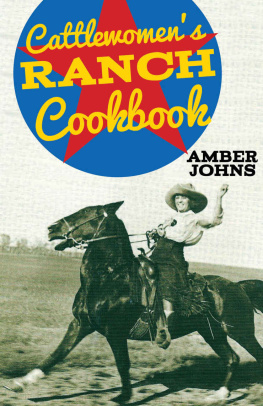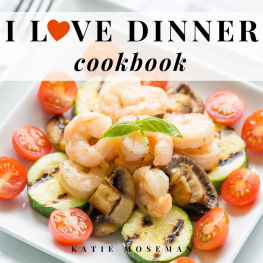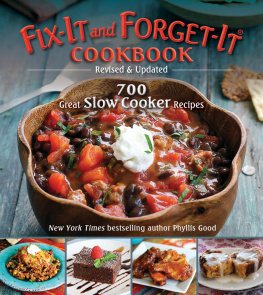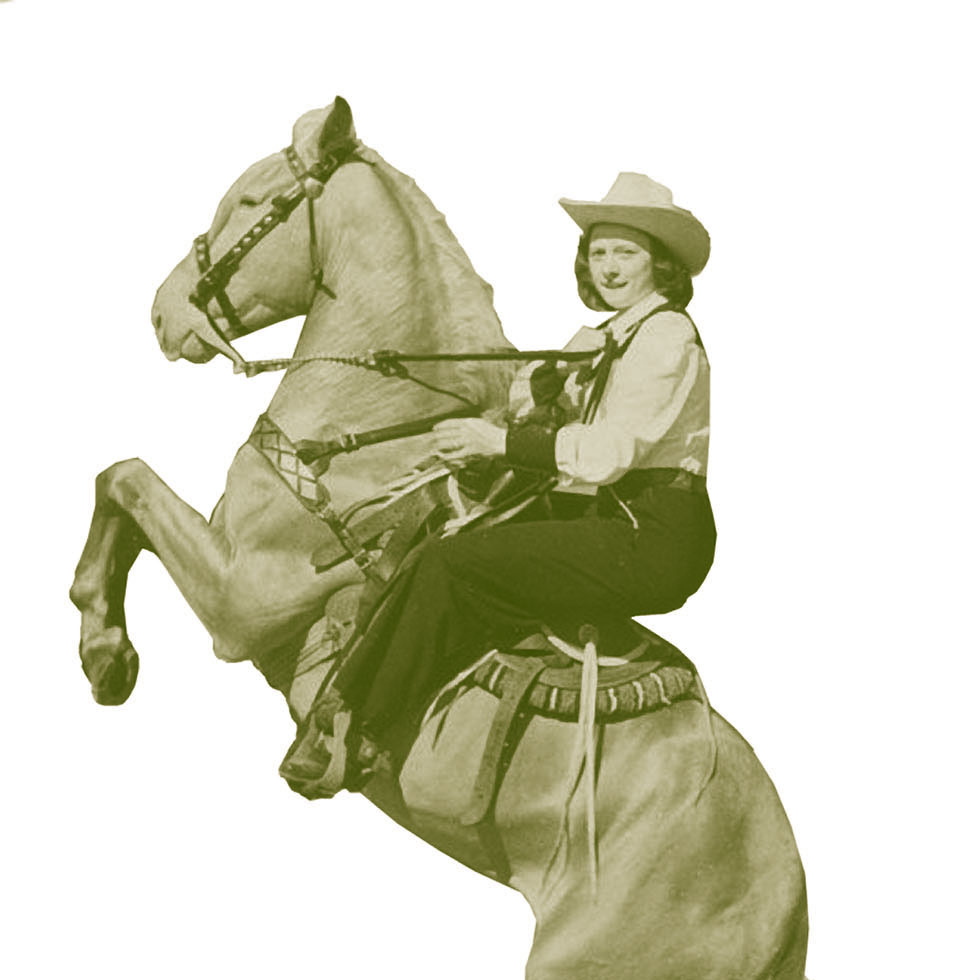Introduction
In a ranch or farm kitchen right now a cattlewoman is cooking. It might be a new recipe orit might be one she made with her grandmother and has used through the years.
No matter, newor old, she takes pride in the ingredientsfor she has raised the livestock and tended tothe gardens year after year. This recipe will definitely be passed on with pride to the nextgeneration.
The CattleWomens organization is a group of women who formed an association in themid-1900s. This group of women shared the same visionto promote the ranching industry andsupport the Cattlemens Association. Formerly known as the CowBelles, these ladies haveexpanded the vision of their organization and have become a stronger voice, not only in theranching industry, but in the farming industry as well. The CattleWomen, as their group isknown today, are very instrumental in the promotion, awareness, and education of theranching and farming industries.
It is not necessary to live on a ranch, a farm, or even owna cow to become a member of the CattleWomens organization. They welcome anyone who ispassionate about the ranching and farming industries. These ladies keep up on the latestnews and political agendas affecting the industries they promote by attending local andregional meetings and conferences. They are instrumental in educating the people in theircommunities concerning beef cuts, proper meat handling, beef by-products, and stewardshippractices. They raise money for scholarships for local youth, organize beef recipedemonstrations at the local grocery stores, participate in ranch tours, and donate beef forFathers Day and to senior citizen centers. This is just a short list of the outreachprograms that CattleWomen chapters across the country perform within their communities.
They stay on top of the latest food trends and create recipes that will fit everylifestyle. However, they have still not forgotten those timeless, tried-and-true recipes oftheir grandmothers and great-grandmothers. These recipes that have been passed down fromgeneration to generation are still used today and are family favorites. The Cattlewomens Ranch Cookbook contains old and new recipes fromCattleWomen across the country who so graciously and willingly shared their legacy thatreaches back into the deepest roots of Americas history, the ranching and farmingindustries.
Ranch Cooking
How it was and how it is
Ranch cooking has always been delicious, but how the cooking is done has changed a bitover the years. In the early days, cooking was a task and the ingredients were simple.
Thefood was homegrown. The meat was butchered at the ranch, milk was fresh from the cow, butterwas made in the crock, eggs were taken from the chicken coop, and the vegetables were pickedfrom the garden outback. Everything needed to create a satisfying, nutritious meal wasoutside. The food on the ranchers tables was their own. Families worked hard to manage,grow, and raise what was on their table. Sugar and flour came in 50 and 100 pound sacks,respectively, that was picked up from town the previous month.
Simple ingredients turnedinto delicious meals.

Photo courtesy of Amber Johns.
Everything was eaten or made into something. Food was not wasted. Vegetables and fruitwere canned and was meat cured to make it through the winter. Bread was made on a dailybasis if ingredients were available.
The women cooked three big meals a daybreakfast,lunch, and dinner. The typical meals for one day, 100 years ago, would have looked somethinglike the following: Breakfastoatmeal and heavy cream, breakfast beefsteak with creamedpotatoes, buckwheat cakes, bacon, hot syrup and melted butter, apple pandowdy with sweetcream, tea, and coffee. Lunch or the noon mealgreen pea soup with diced salt pork, boiledham and egg sauce, potato croquettes, escalloped tomatoes, homemade bread and freshlychurned butter, coleslaw, sweet n sour pickles, pudding, and pie. Dinner or the eveningmealcreamed chicken and biscuits, cold sliced ham, baked potatoes, succotash, pickles,spiced peaches, cake, and ice cream.* The work was grueling from sun up to sun down and thecrew always hungry. Everyone had a hand in the ranch work from the youngest to the oldest.It took them all to survive. Today, some of the challenges we face as cooks are questions such as what type of milk dowe buy, organic or non-organic? Turkey or beef? White or wheat or whole-grain bread? And wewonder, Is real butter bad for us? Our meat is not hanging in the shed outback, but isnicely wrapped in the freezer, labeled to tell us what it is.
If we are lucky, it will havea sticker labeling it grown and raised in the USA. And, if the sticker isnt there, wereally do not have not a clue as to where that meat came from. The milk is in a plastic jug,the eggs are in a carton, and the butter is in tubs or sticks. Our sugar and flour arenicely put away in decorative containers out on the counter. There is no fear of dinnerbeing our last meal. There is no fear of not having enough food to make it through thewinter.
We have the luxury of grocery stores within a short drive from our homes. With the invention of refrigeration, motorized vehicles, and grocery stores, cooking isntthe chore it used to be. Our recipes today have evolved with technology. They are simple,fast, and delicious, making cooking an enjoyable quick task, rather than an all-day job. *Information taken from the cookbook, Reflections, Bicentennial-Centennial, 1976Reflections Cookbook , Custer County, Colorado.
Cooking on the Range
As a kid, I lived on my familys commercial Hereford ranch on the California-Oregon borderlong enough to get me hooked on the ranching life.
Today, I live with my husband and toddlerdaughter on the Alvord Ranch in Eastern Oregon, 120 miles from the nearest town with agrocery store. We may not be able to see movies when they first come out in theaters orafford a week-long European vacation, but when I eat grilled steak with mushrooms andsauted asparagus at home I cant help but think, This is the good life. Before marriage, I was on the cowboy crew, so I know how exhausted those guys are after aten-hour day of gathering yearlings off the desert with no food or water. Its beyondrefreshing for the body and soul to turn out your horse and sit down at the table to aplateful of steaming hot beef in tomato sauce over rice and a cold glass of lemonade. Now, Ilove being able to provide that comfort for others on the ranch. Since Im now a mom and can no longer doctor calves or move cattle all day with the cowboycrew, I have learned to find adventures in the kitchen by trying new recipes.


















 Photo courtesy of Amber Johns.
Photo courtesy of Amber Johns.